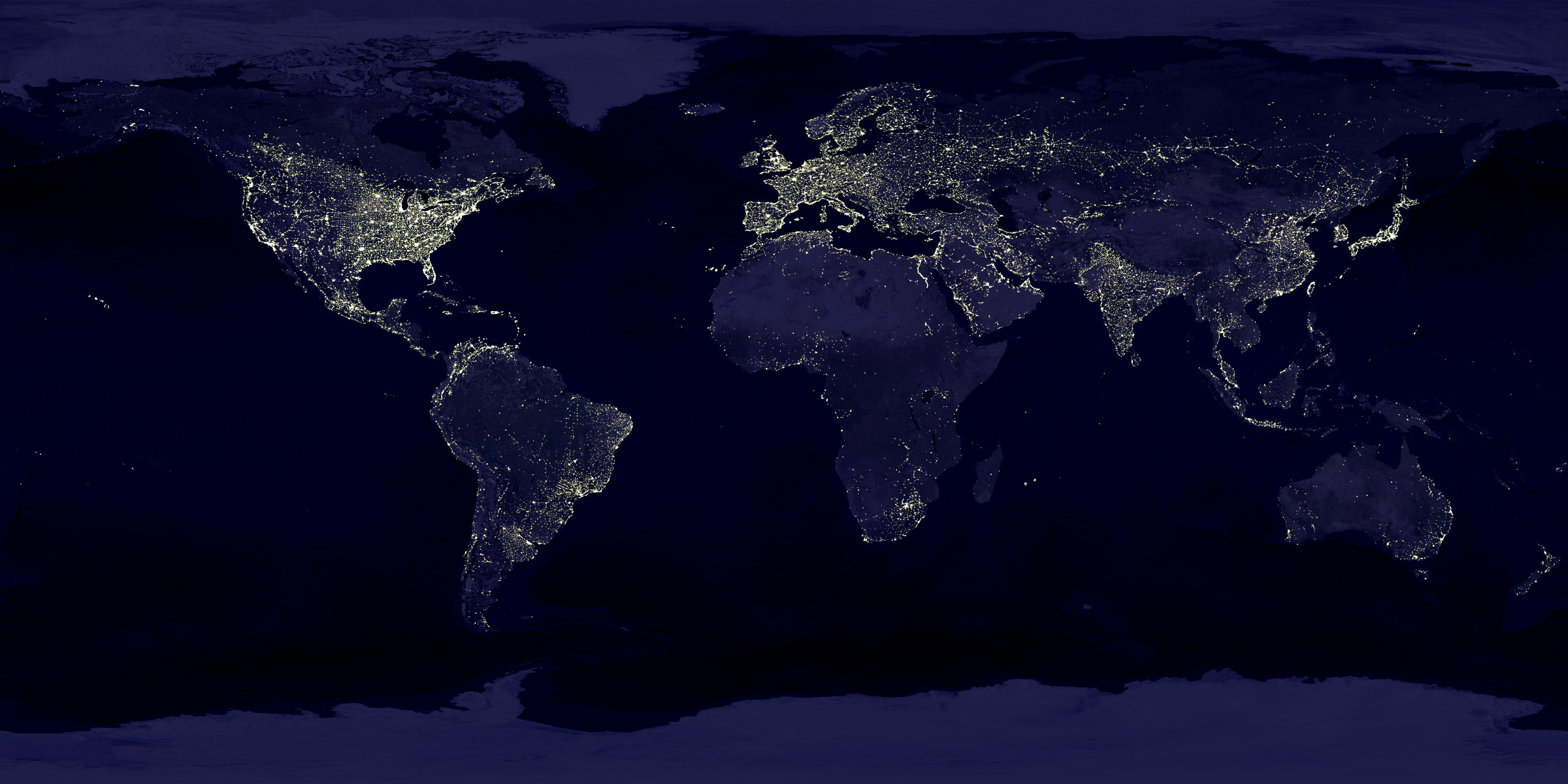The UN’s structures built in 1945 are not fit for 2020, let alone beyond it
“IF YOU DIDN’T have the UN you really would have to reinvent it,” says Stephen Schlesinger, author of a history of its founding. Maybe, but nobody in their right mind would design it as it exists today. Insiders complain of a tangle of overlapping agencies, senseless silos and barricaded budgets. “If you locked a team of evil geniuses in a laboratory, they could not design a bureaucracy so maddeningly complex,” one departing official despaired. Outsiders face a forbidding confusion of agencies with acronyms. Many do great work (WFP and UNHCR), others have a mixed record (WHO and FAO), a few are useless (UNIDO). And at the top the structure reflects the world of 1945, as if little had changed since.
This was not what the founders envisaged. Hailing the charter, Truman said it had “not been poured into a fixed mould”, but would be adjusted in line with changing conditions. In fact the only changes have been minor ones, to take account of the growth of UN membership. In 1965 the Security Council expanded from 11 members to 15. But whereas it included 22% of General Assembly members in 1945, it now has just 8%. Its veto-wielding P5 remain the victorious powers of 75 years ago, with no representation from Latin America, Africa or South Asia. Without change, the legitimacy gap will only grow.
This might matter less if the...























